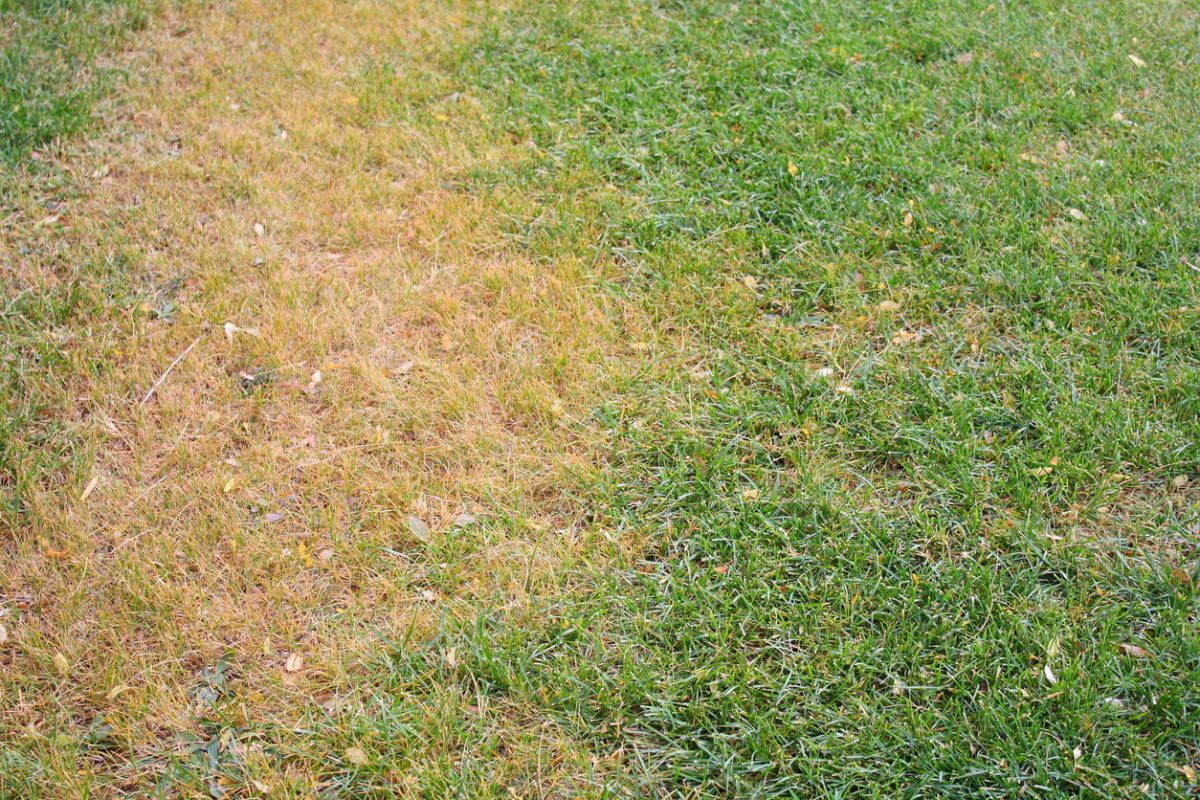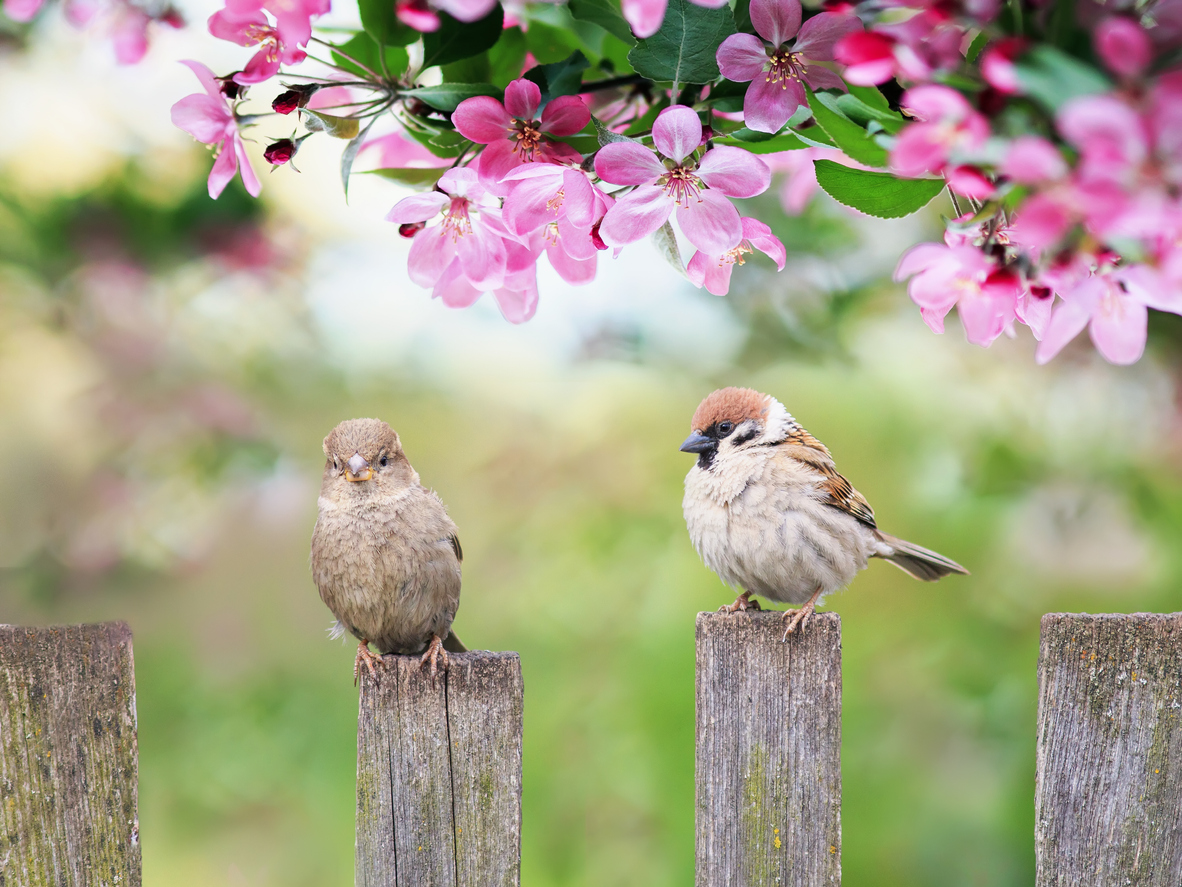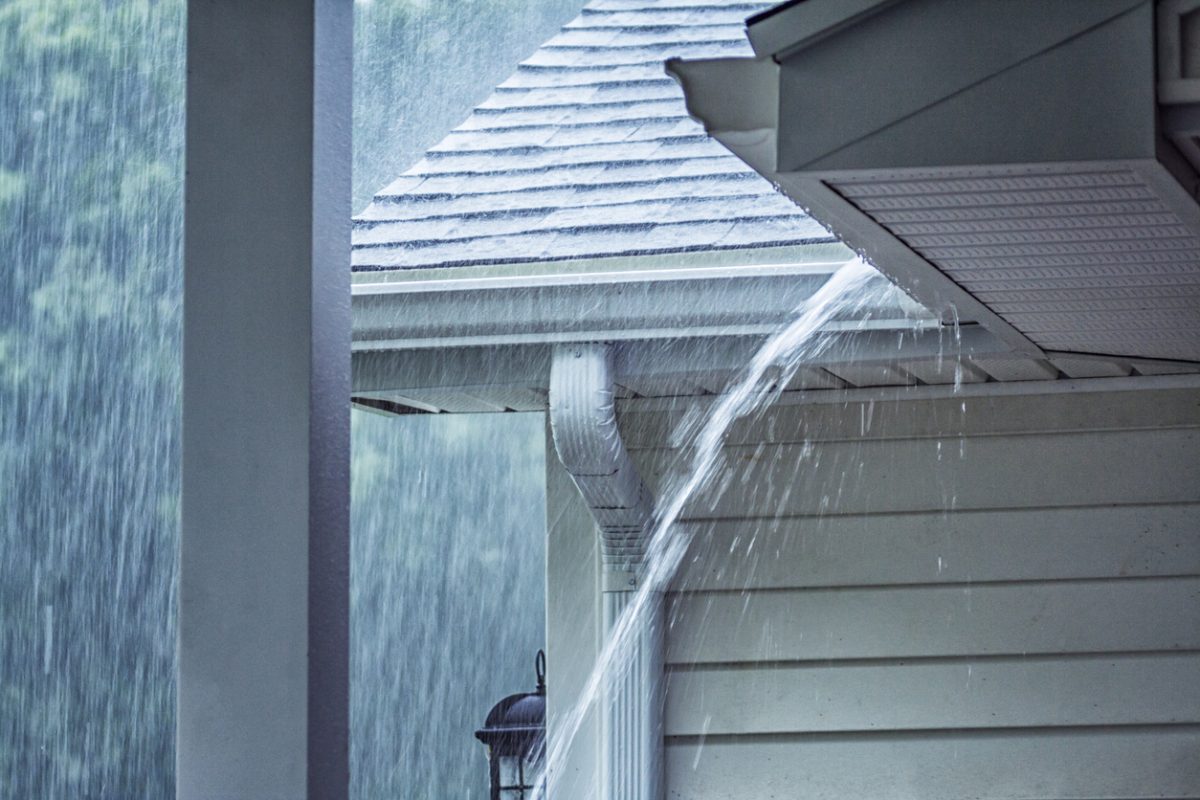A beautiful, healthy, green lawn can be hard to maintain during the summer heat and there can be a load of different factors that are affecting its health and color. Seeing that your lawn is a sickly yellow color can be concerning and seem like a tough fix. But don’t worry! We’re here to help you figure out what is the reason for your yellow lawn and how to correct it. Which of these could be the most likely cause of your lawn turning yellow?
Dryness
The most common cause of your lawn being yellow is that it is dry and desperate for some water. Excessive heat and sunlight will quickly dry out and damage your lawn if it isn’t getting any hydration. Set up a sprinkler or water it regularly with your hose to bring it back to life!
Over Fertilizing
Fertilizer helps your lawn be green, healthy and keeps it growing. However, if you over-fertilize, your lawn will have an excess of nitrogen and will turn an unattractive yellow color. Putting mulch over these yellow spots can help draw out the nitrogen and correct the discoloration.
Dog Urine
If you have a family pooch or even multiple, they may be the culprit for your yellow lawn. Similar to fertilizer, dog urine has high levels of nitrogen that can burn out your grass turning it yellow in any spots that your dog urinates repeatedly. Watch where your dog urinates and use mulch to help get rid of yellow spots.
Insects
If you still can’t find the problem, you may need to get up close and look closely at the grass for insects or larvae. These little guys can eat away at the roots of your grass causing the color change. Use a proper insecticide to get rid of any of the insects or larvae eating at your grass.
Disease
Another cause for your yellow lawn could be disease that affects the healthy growth of the grass. These diseases are typically fungal, with the most common being fairy rings or snow mold. Use a proper fungicide to correct the problem.
Expert Exterior Care in Norwalk
If you have any questions or need help making sure your home exterior is in tip-top shape, give Landmark Exteriors a call at (203) 838-3838.




